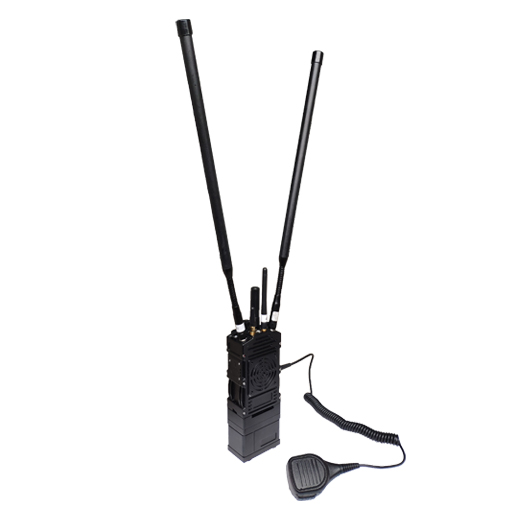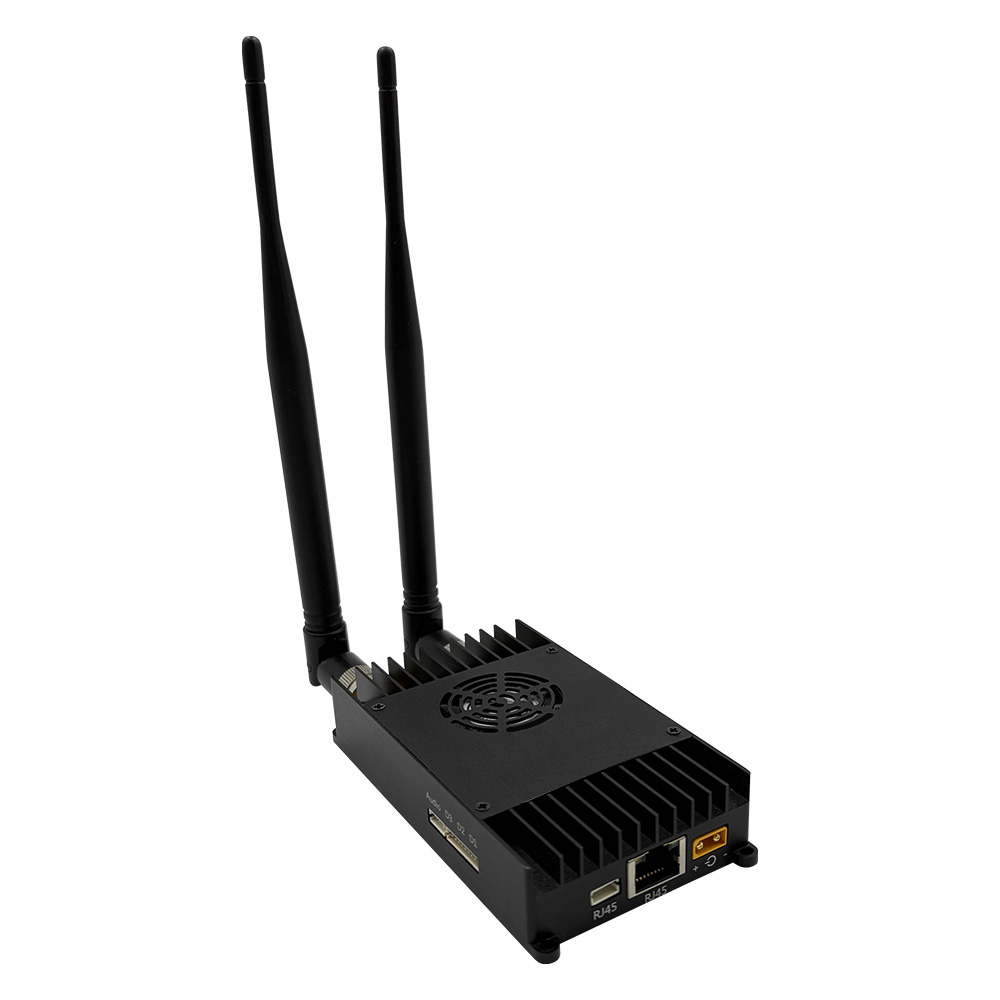What is an Ad Hoc Wireless Network?
In today’s world of constant connectivity, wireless networks are no longer a luxury—they're a necessity. Among the many types of wireless networks, Ad Hoc Wireless Networks stand out for their flexibility, rapid deployment, and decentralized nature. Unlike traditional wireless networks that rely on infrastructure such as routers or access points, ad hoc networks are formed spontaneously between wireless devices without centralized administration. But what does this mean in practical terms? Let’s dive into the details.
Definition: What is an Ad Hoc Wireless Network?
An ad hoc wireless network is a decentralized type of wireless network where each device, or node, participates equally in data transmission and routing. These devices communicate directly with each other, forming a peer-to-peer network. There is no central router or access point; instead, every node can act as both a host and a router.
The word "ad hoc" is Latin for “for this purpose,” which reflects the temporary and purpose-specific nature of these networks. They are often used when there’s no existing network infrastructure available, such as in military operations, disaster recovery zones, or remote field sites.
Key Features of Ad Hoc Wireless Networks
Decentralized Architecture
There is no central management device. Nodes cooperate to manage network tasks such as routing and data forwarding.
Dynamic Topology
Devices are free to move, join, or leave the network at any time, which makes the network topology change frequently.
Self-Configuring
Devices in an ad hoc network automatically discover other nodes and establish communication links.
Multi-hop Routing
If a node wants to communicate with another node that is out of direct wireless range, it can send data through intermediate nodes.
Scalability and Flexibility
Ad hoc networks can easily scale to accommodate additional devices and can be set up quickly without fixed infrastructure.
Types of Ad Hoc Wireless Networks
Ad hoc networks come in various forms based on their use cases and configurations:
Mobile Ad Hoc Networks (MANETs): Used in scenarios where nodes are mobile. Ideal for military communication, search-and-rescue missions, and mobile team operations.
Vehicular Ad Hoc Networks (VANETs): Deployed between vehicles and roadside units for intelligent transportation systems.
Wireless Sensor Networks (WSNs): Composed of sensor nodes for collecting and transmitting environmental data.
Smart Home Networks: Devices like smart bulbs and thermostats may form mini ad hoc networks for local communication.
Advantages of Ad Hoc Wireless Networks
Quick Deployment: No need for routers or access points; ideal for temporary or emergency setups.
Cost-Effective: Reduced infrastructure requirements lower overall costs.
Robustness: The network can continue functioning even if some nodes fail or leave.
Autonomy: Each node can operate independently and manage local data transmission.
Challenges and Limitations
Despite their flexibility, ad hoc wireless networks also face certain limitations:
Limited Bandwidth: Wireless communication channels are more limited in capacity than wired alternatives.
Security Concerns: Decentralization makes it more challenging to implement centralized security protocols.
Routing Complexity: The dynamic nature of the network demands complex routing algorithms to maintain communication efficiency.
Power Consumption: Mobile nodes rely on battery power, which can be drained quickly due to continuous communication tasks.
Applications of Ad Hoc Wireless Networks
Ad hoc networks are used in various real-world scenarios:
Military and Tactical Communications: For battlefield coordination without fixed infrastructure.
Emergency and Disaster Recovery: Enables rapid communication in areas where existing networks are down.
Industrial Monitoring: Sensors form ad hoc networks to monitor factory conditions or environmental parameters.
IoT and Smart Devices: Devices in smart homes or smart cities often communicate in ad hoc mode for local control and automation.
Future Trends
With the growth of IoT, edge computing, and autonomous systems, ad hoc wireless networks are becoming even more relevant. Research is ongoing to improve routing protocols, energy efficiency, and security mechanisms. Integration with AI and machine learning is also expected to optimize dynamic network behavior and decision-making.
Tuqian Wireless: Innovating with Ad Hoc Network Solutions
As the demand for flexible, real-time, and infrastructure-free communication grows, Tuqian Wireless stands at the forefront of ad hoc wireless technology. Tuqian specializes in MESH self-networking systems, wireless microwave communication, and long-distance point-to-point wireless bridges. Their products are engineered for harsh environments, mobile deployments, and mission-critical communications.
Whether you’re looking to build a mobile command center, monitor operations in remote areas, or create a secure tactical communication network, Tuqian Wireless offers reliable and scalable ad hoc networking solutions that deliver high performance and real-time connectivity.
-
 2025-10-24
2025-10-24 -

What is an Emergency Communication System and How Does It Work?
2025-09-16 -

What Is Point to Point and Point to Multipoint Wireless Network?
2025-09-05 -

What Are the Two Types of Microwave Transmission?
2025-08-29 -

Multi-Node MESH Networking: Principles and Real-World Applications
2025-08-18 -

What Is the Difference Between Radio and Microwave Video Transmission?
2025-07-30 -

Unmanned Aerial Vehicle Transmission Equipment Communication Solution
2025-07-24









